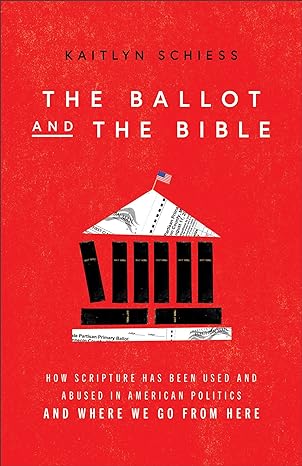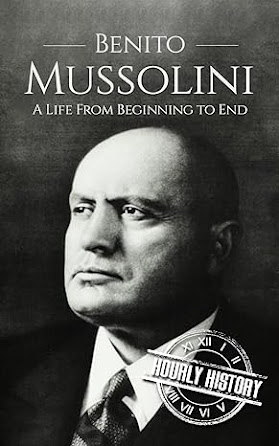A Blaze of Glory: A Novel of the Battle of Shiloh by Jeff Shaara
A Great Start to a New Civil War Trilogy
Published by Ballantine Books in May of 2012
Jeff Shaara returns to the familiar topic of the Civil War after writing two books about the Revolutionary War, one book about the Mexican War, one book about World War I and four books about World War II. Fans of Jeff Shaara and his father Michael know that they have a special feel for the Civil War and this book shows that Jeff's talents as a writer have only grown.
I don't know if Jeff Shaara could have written about just one battle (like his father did about Gettysburg in the Pulitzer Prize-winning book The Killer Angels) when he wrote the first and third books that completed the Civil War trilogy about the war in the Eastern Theater. However, he pulls it off magnificently in this novel.
Shaara notes in his introduction that his previous books focused on the generals and he has since learned the value of seeing the battle from multiple perspectives. He does it very well here, moving from character to character to keep the pace of the story moving briskly and thoroughly covering this confusing battle.
 |
| Confederate General Albert Sidney Johnston (1803-1862) |
Let me take a moment here to discuss the portrayal of the death of Johnston in the book. Shaara's work in depicting his death is so well done that it is nearly poetic. He does not sugarcoat the foolishness of a general personally leading his men into battle (they tend to get shot) but he also recognizes that sometimes a general needs to be exactly that sort of fool in order to win the battle.
Shaara's treatment of Beauregard is about the same as most Civil War histories. Beauregard's knack for self-promotion overcomes his talents, and clearly the man had a knack for getting his men to the fight and doing well. He won at the first Battle of Bull Run (Manassas), the Shiloh campaign was mostly his design and he was bedridden during most of it, he saved his army from being surrounded at Corinth, he saved Petersburg (and Richmond) in 1864 while grossly outnumbered. But, there is something about him that doesn't quite work and Shaara passes that feeling on to the reader as well.
Great beginning to a new trilogy. I can't wait until next year to get my hands on the second book.
I rate this book 5 stars out of 5.
This book can be found on Amazon.com here: A Blaze of Glory: A Novel of the Battle of Shiloh (the Civil War in the West)
Reviewed on September 2, 2012.










It is completely unfair to compare Lee and Johnston. Had Lee been killed in his first campaign in Western Virginia he would be remembered, if at all, as a very minor figure.
ReplyDeleteAt the time of Johnston's death his Shiloh campaign had to be considered brilliantly successful in every way for a first outing. He would have surely grown in stature as did Lee. His loss was a crippling blow to the Confederacy as those commanders following him were all found wanting. The Confederacy never again achieved the virtual destruction of a Union Army that they had up until 2:30PM on April 6, 1862.
Just for general information, the best photograph of Johnston is shown above. It was taken in 1857 by a photographer named Bush in Salt Lake City. It shows the brevet brigadier general still wearing his colonel's tunic wit h his newly added brigadier stars. The generals barrel chest is quite obvious showing a powerful man of great magnetism. He had just quelled the Mormon uprising quickly and with minor loss of life for which he was promoted. Like most Western plates the original is not in the greatest shape.
ReplyDeleteThe general was in Richmond in September 1861 for only a few days before heading west. He did report to the quartermaster's supply there where a full general's regulation tunic awaited him. I don't have any information but I suspect Jefferson Davis had it made for him. There was certainly no time for any portrait sittings unfortunately.